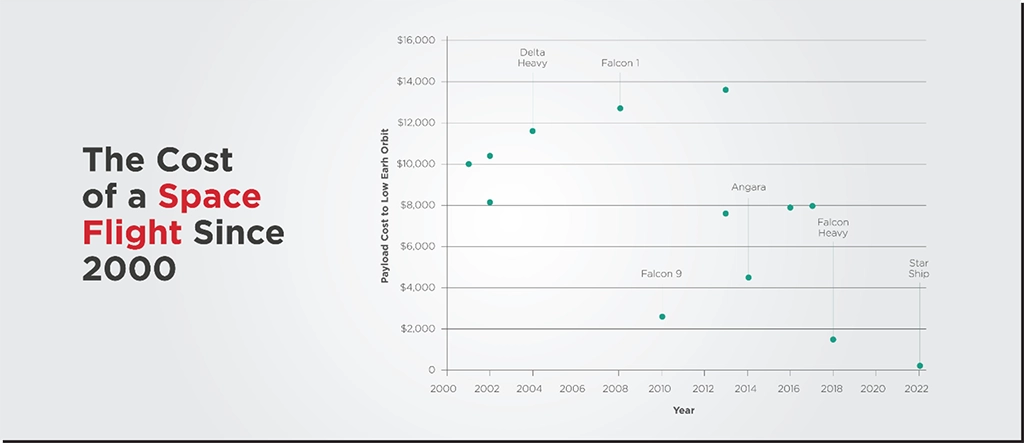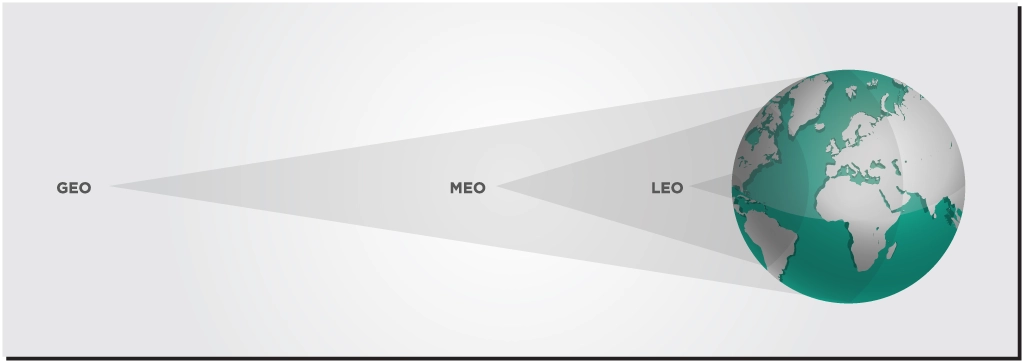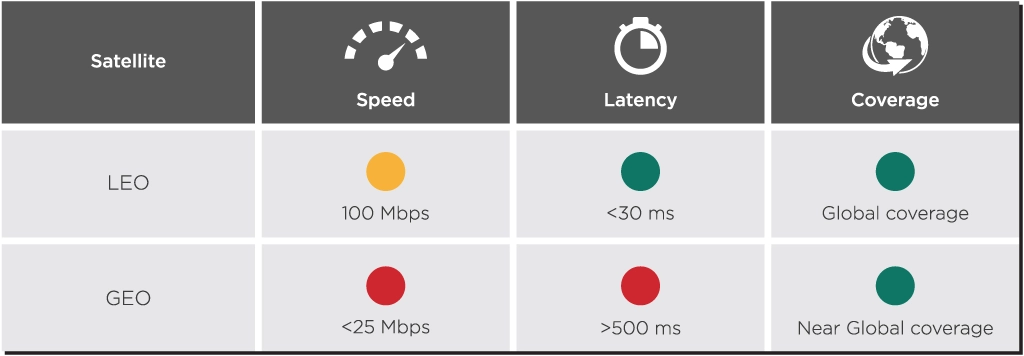Coherent Satellite Networks
The current state of the space industry is characterized by rapid growth, technological advancements, and increasing commercialization. Over the past decade, the space industry has undergone a significant transformation driven by both government and private sector initiatives.
One notable trend is the rise of commercial space companies. Companies like SpaceX, Blue Origin, and Virgin Galactic have made major strides in developing reusable rocket technology, drastically reducing the cost of accessing space. The miniaturization of satellites has also led to an increase in the number of satellites launched. This progress has boosted space applications such as Earth observation, global internet connectivity, and remote sensing.

On the technical side, the main issues in satellite communications include signal latency, limited bandwidth, and vulnerability to weather conditions. Signal latency refers to the delay in transmitting signals over long distances, which can impact real-time applications. Limited bandwidth can result in slower data transfer rates and congestion. Weather conditions like heavy rainfall or storms can cause signal degradation or interruptions.
This article will discuss how satellite networks and coherent optical communications can help address some of these issues.
A New Age of LEO Satellite Constellations
The most important distinction between each satellite type is its orbital altitude or distance from Earth’s surface as it rotates the planet. There are three main categories:
- Low Earth Orbit (LEO). Altitude 500 to 1,200km. LEO is densely populated with thousands of satellites in operation today, primarily addressing science, imaging, and low-bandwidth telecommunications needs.
- Medium Earth Orbit (MEO). Altitude 5,000 to 20,000km. MEO has historically been used for GPS and other navigation applications.
- Geostationary Earth Orbit (GEO). Altitude > 36,000 km. GEO satellites match the rotation of the Earth as they travel, and so remain above the same point on the ground. Hundreds of GEO satellites are in orbit today, traditionally delivering services such as weather data, broadcast TV, and some low-speed data communication.

The telecom industry is particularly interested in using LEO satellites to provide enhanced connectivity. Compared to GEO satellites, they can provide higher speeds and significantly lower latencies. As the cost of launching LEO satellites has decreased, more can be launched to provide redundancy in case of satellite failures or outages. If a single satellite experiences a problem, such as a malfunctioning component or damage from space debris, it can be taken offline and replaced without interrupting the network’s overall operation.

Many companies are developing massive LEO constellations with hundreds or thousands of satellites to provide low latency and global coverage: SpaceX´s Starlink, Telesat’s Lightspeed, Amazon’s Kuiper, or OneWeb. These LEO satellite constellations can provide true universal coverage compared to terrestrial methods of communication. LEO satellites can connect people to high-speed internet where traditional ground infrastructure is hard to reach, making them an attractive solution to close the connectivity gaps across the world.
Coherent Technology is Vital for Future Satellite Links
Currently, most space missions use radio frequency communications to send data to and from spacecraft. While radio waves have a proven track record of success in space missions, generating and collecting more mission data requires enhanced communications capabilities.
Coherent optical communications can increase link capacities to spacecraft and satellites by 10 to 100 times that of radio frequency systems. Additionally, optical transceivers can lower the size, weight, and power (SWAP) specifications of satellite communication systems. Less weight and size means a less expensive launch or perhaps room for more scientific instruments. Less power consumption means less drain on the spacecraft’s energy sources.
Compared to traditional optical technology, coherent optical technology offers improved sensitivity and signal to noise ratios. This reduces error rates and the need for retransmission, which would significantly increase latency.
Leveraging Electronics Ecosystems for Space Certification and Standardization
While integrated photonics can boost space communications by lowering the payload, it must overcome the obstacles of a harsh space environment, which include radiation hardness, an extreme operational temperature range, and vacuum conditions. The values in Table 1 show the unmanaged environmental temperatures in different space environments.
| Mission Type | Temperature Range |
|---|---|
| Pressurized Module | +18.3 ºC to 26.7 °C |
| Low-Earth Orbit (LEO) | -65 ºC to +125 ºC |
| Geosynchronous Equatorial Orbit (GEO) | -196 ºC to +128 °C |
| Trans-Atmospheric Vehicle | -200 ºC to +260 ºC |
| Lunar Surface | -171 ºC to +111 ºC |
| Martian Surface | -143 ºC to +27 ºC |
Fortunately, a substantial body of knowledge exists to make integrated photonics compatible with space environments. After all, photonic integrated circuits (PICs) use similar materials to their electronic counterparts, which have already been space qualified in many implementations.
Much research has gone into overcoming the challenges of packaging PICs with electronics and optical fibers for these space environments, which must include hermetic seals and avoid epoxies. Commercial solutions, such as those offered by PHIX Photonics Assembly, Technobis IPS, and the PIXAPP Photonic Packaging Pilot Line, are now available.
Takeaways
The space industry is experiencing rapid growth and commercialization, driven by technological advancements and the emergence of commercial space companies. Using multiple satellites in a constellation can enhance reliability and coverage while reducing signal disruptions.
Coherent optical technology is crucial for satellite communication links as it enables higher data rates and improve sensitivities and signal to noise ratio. The integration of electronics and optics ecosystems is essential for space certification and standardization, ensuring compatibility with the harsh space environment. Overall, addressing these challenges will continue to drive innovation and advancements in satellite communication networks.
